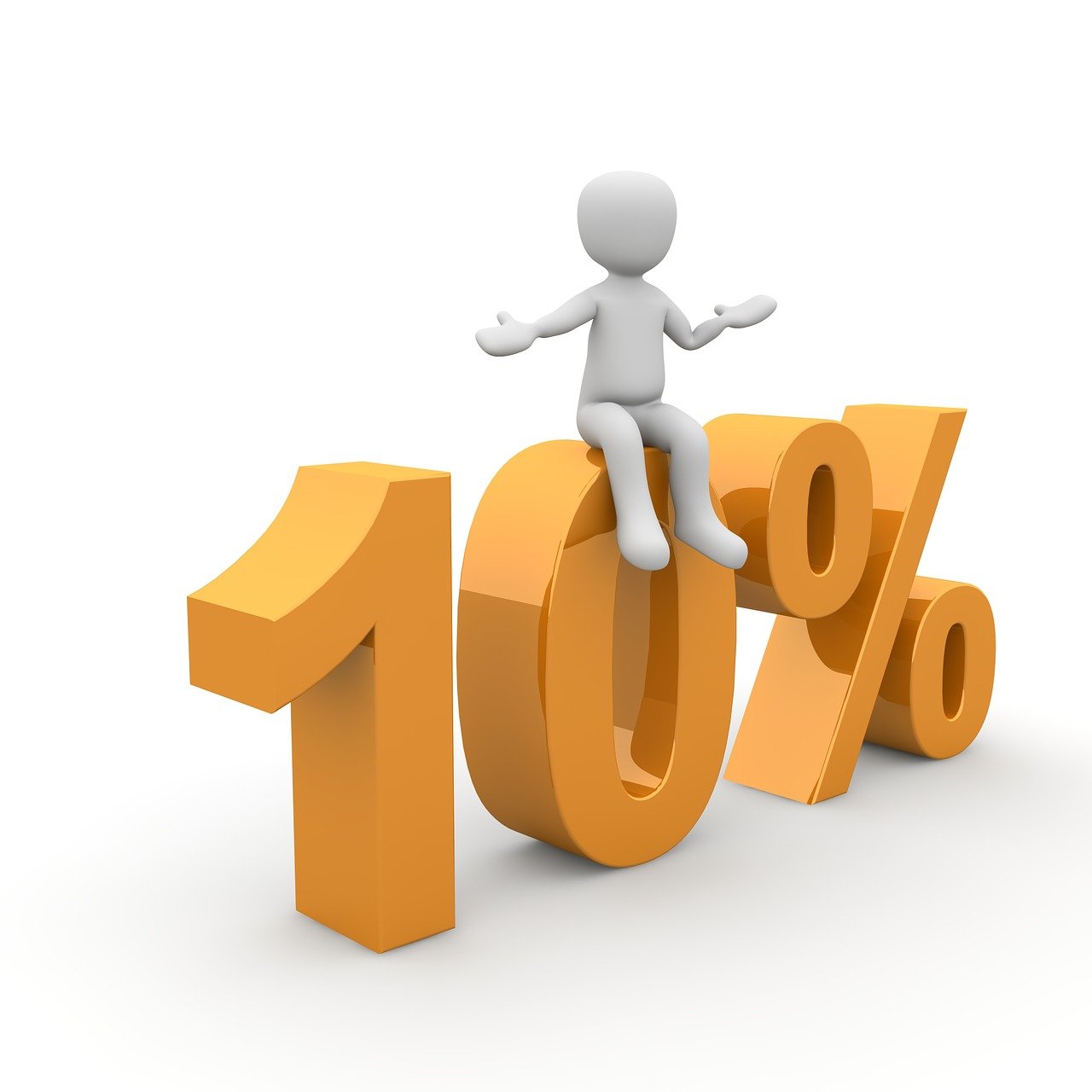The recent blogs on Sales Efficiency have examined various non-revenue generating (NRG) activities—time spent that, while necessary for organizational operations, does not directly benefit sales.
Have you ever considered what these non-revenue generating activities cost the organization?
Since most organizations focus on margin and profit, it’s particularly insightful to quantify this ‘lost’ time as Opportunity Cost. Representing the value of non-revenue generating activities monetarily clarifies how reallocating these resources could directly enhance sales effectiveness.
As mentioned in the first blog of this series, salespeople typically spend 23% of their time on administrative tasks and another 13% on travel. Given that these areas represent the largest opportunity for improvement, they will be the primary focus.
This blog will demonstrate that reinvesting the saved opportunity costs can increase selling time by at least 10%.
Opportunity Cost Assumptions
To conduct a meaningful opportunity cost calculation, a few assumptions need to be established. The focus is on a team of salespeople, rather than an individual, as this provides a more practical assessment. While one can debate these assumptions, they lay the foundation for analysis.
To simplify the opportunity cost calculation, the focus shifts from an individual salesperson to a team of sales representatives.
For simplicity, the following assumptions are made:
- Non-revenue generating activities to reduce:
- CRM-related non-revenue activities (CRM-NRG): 5% (of the 23% administrative time)
- Travel-related non-revenue activities (Travel-NRG): 3% (of the 13% travel time)
- Average cost per full-time employee (FTE): $70,000
- Team size: 20 salespeople
Opportunity Cost Calculations
With the assumptions in place, calculating the opportunity cost over both a single and multiple years becomes straightforward. For a team of 20 salespeople, the total FTE cost is 20 x $70,000, totaling $1.4 million annually.
Starting with CRM-related costs, 5% of the $1.4 million yields an opportunity cost of $70,000. Applying the same calculation for travel-related costs results in 3% of the $1.4 million, or $42,000.
In just five years, the total opportunity cost will exceed half a million dollars.
Before analyzing the efficiency gains that could be achieved by reallocating these resources, let’s first consider the overall lost opportunity cost. Annually, the team incurs a lost opportunity cost of $112,000. Projected over five years, this totals more than half a million dollars—an amount that could significantly affect sales effectiveness if spent differently.
Opportunity cost spendings
The question then arises: what could be accomplished with the recovered opportunity cost? Some might argue that the $70k saved on CRM could directly fund an additional headcount. While this is mathematically true, realizing these gains requires an initial investment to optimize the CRM system.
Optimizing CRM will likely exceed the $70k saved annually, so a five-year outlook becomes essential. From my experience, the efficiency gains typically cover the initial investment between the second and third years, resulting in substantial effectiveness improvements for the sales team.
Tools and processes often require adjustments, and these enhancements can be effectively supported by the opportunity costs saved.
When considering the opportunity cost associated with travel, it’s helpful to view it in two parts. First, the reimbursement process for travel expenses may need an integrated extension within the existing bookkeeping system. For simplicity, let’s assume that the current platform continues to update to support such integration, either as an additional module or through a tool with API compatibility. At an estimated cost of $10 per user per month, the annual investment totals $2,400.
The second aspect involves streamlining travel booking and related pre-travel activities. With an available budget of just under $40k, this could easily fund an internal resource focused on travel arrangements and additional responsibilities.
Conclusion
Regardless of how these savings are applied, the primary benefit is the 8% increase in time available for sales activities. This effectively boosts selling time from just under 50% to close to 60%—a more than 10% gain in productive sales time!

